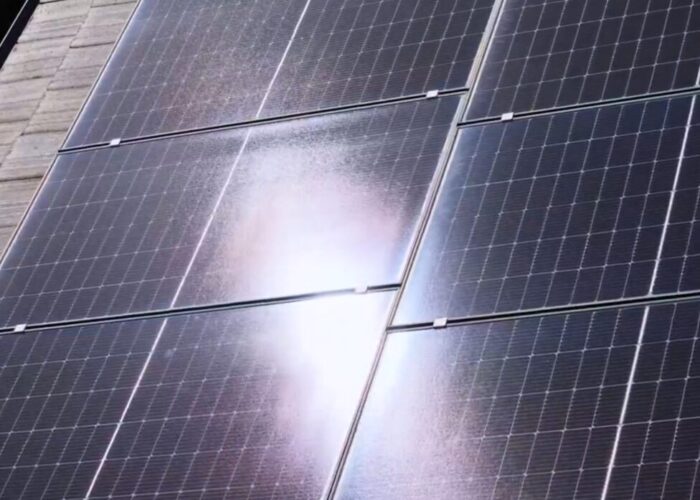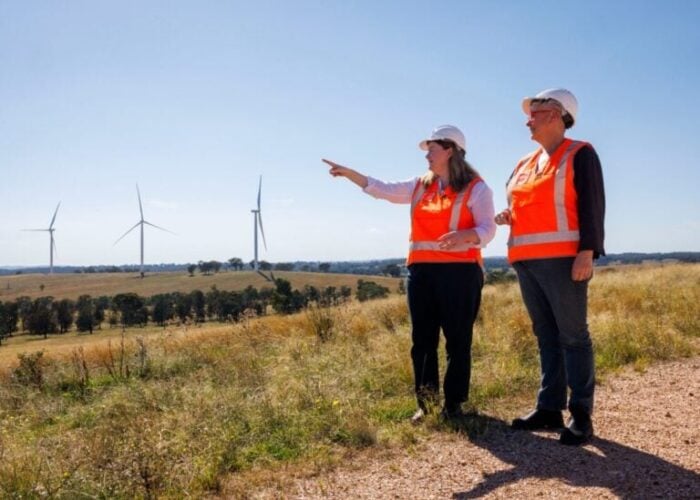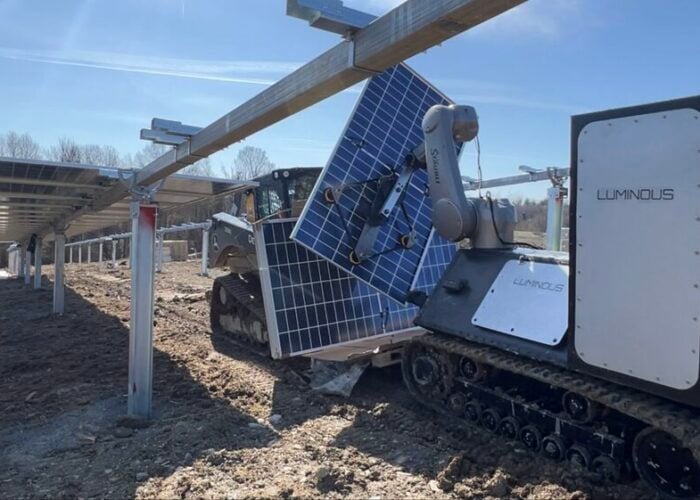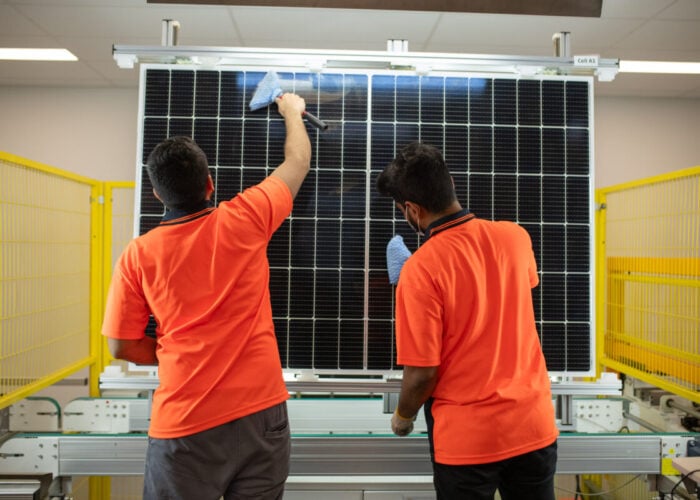
Energy use by air conditioning can be both expensive and taxing for the environment, with the University of the Sunshine Coast (USC), Queensland, Australia, set to trial a three-storey ‘water battery’ to reduce both energy demand and cost.
The thermal energy storage system will use a large tank of water that is cooled using a “complex thermal process” by the output of 6,000 solar PV panels installed on USC’s Sippy Downs Campus, according a USC release. The cooling and storage system is paired with 2.1MW of onsite solar PV spread across campus rooftops and carpark structures, which the University said is enough to cool 4.5 megalitres of water. The three-storey, 7MW water tank system has been designed and built by a team from the university, in partnership with energy and utility services company Veolia.
Unlock unlimited access for 12 whole months of distinctive global analysis
Photovoltaics International is now included.
- Regular insight and analysis of the industry’s biggest developments
- In-depth interviews with the industry’s leading figures
- Unlimited digital access to the PV Tech Power journal catalogue
- Unlimited digital access to the Photovoltaics International journal catalogue
- Access to more than 1,000 technical papers
- Discounts on Solar Media’s portfolio of events, in-person and virtual
USC said last week that the storage tank, dubbed a ‘water battery’ by staff, will help “slash 40% of grid energy use” at Sippy Downs, its largest campus. The cooled water will be stored and then used for air conditioning, currently the single biggest use of energy at the site. USC Vice-Chancellor Greg Hill said eliminating this intensive use of energy for AC is a “major step towards” USC’s carbon neutrality goal.
See here for the full story as initially published on sister title Energy-Storage.news







